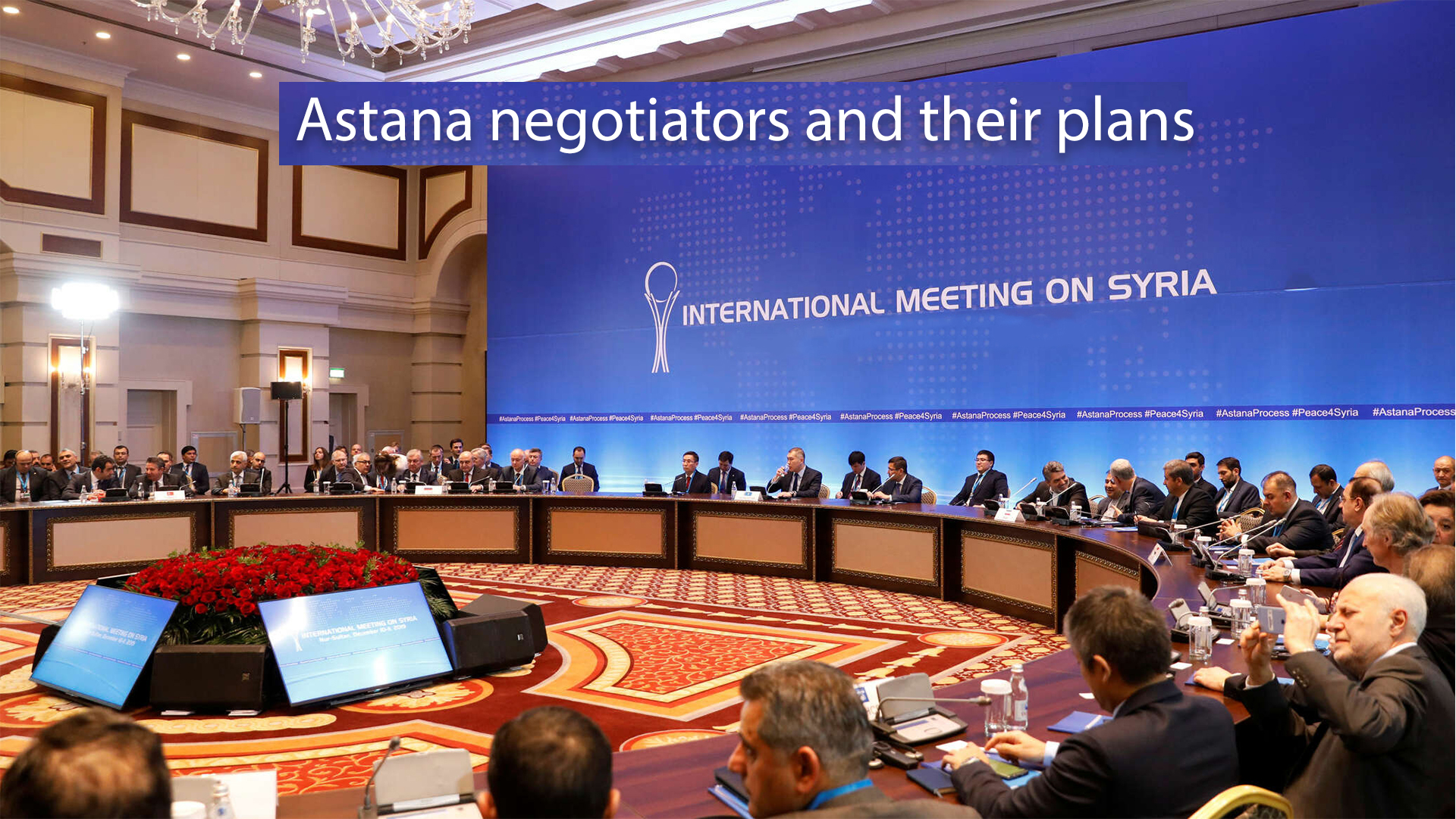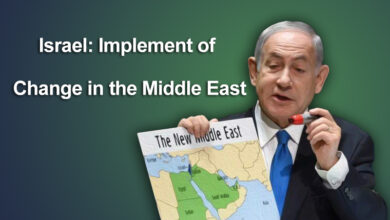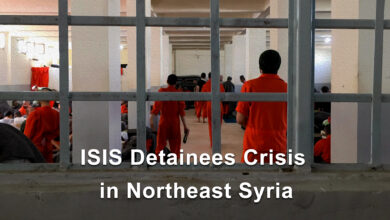Astana negotiators and their plans

The seventeenth round of Astana Peace Talks among the guarantors of de-escalation in Syria (Russia, Turkey and Iran), included features of implicit consensus and the distribution of tasks and roles. Perhaps the most prominent agendas that topped the meeting of Russia and Turkey in particular were the situation in northeastern Syria and how to increase pressure on the Autonomous Administration of North and East Syria (AANES) and the attempt to curb the diplomatic progress the latter has achieved in recent times, especially in light of European openness towards the AANES as a democratic force that was able to maintain its existence during the Syrian crisis. So, the guarantor parties of the Astana Peace Talks began to take some steps that would increase pressure on the AANES, whether through security and intelligence operations targeting areas in northeastern Syria, or by spreading rumors and fear among citizens.
The tours conducted by the AANES and the Syrian Democratic Council (SDC) delegations created a worrying concern for Turkey and ISIS after the assurances that had been pledged by the US administration and the endeavor to ward off the concerns that trouble the AANES and the communities of northeastern Syria that affect its work. Therefore, it can be said that Turkey’s efforts began with the aim of blocking the road in the face of any diplomatic move by the AANES and the SDC and in front of the diplomatic openness that the Autonomous Administration may witness in the near future. The Turkish state has sought, through mediators, to play a role in increasing pressure on the Autonomous Administration, which came in the form of successive episodes.
The first step of Turkish-Russian pressure, which came in coordination with the Syrian regime, was the closure of the Semalka-Faysh Khabur border crossing with the Kurdistan Region of Iraq, which links between southern and western Kurdistan (northeast Syrian and northern Iraq); Of course, it carries more far-reaching and clear political messages, given the move that accompanied the closure of the crossing, which is the promotion of the siege imposed on the areas of northeastern Syria and the preparations that Turkey and the Syrian regime are making to open the Nusaybin border crossing, in addition to the huge media promotion addressed by loyalists of the Syrian regime regarding understandings requiring the opening of the al-Walid border crossing, so that there will be enough pressure on the Autonomous Administration to undermine the confidence of the population.
On the other hand, the Turkish state intensified its targeting through the drone attacks of the areas of northeastern Syria, precisely the civilians claiming that they were military headquarters, in addition to intensifying monitoring the airspace of northeastern Syria in order to intimidate and spread fear and urge civilians to migrate from the area and push the Autonomous Administration to make concessions to stop the attacks. However, these attempts were all in vain as they did not reach their goal in weakening the Autonomous Administration and undermining the confidence of the population of the region that support and rally around it.
Returning to the Russian and Turkish rapprochement, its features and these recent moves appeared during a series of visits that Russia had made to the Kurdistan Region of Iraq and its request to bridge the views between the KRG and the Syrian regime, which would put pressure on the AANES and annex the KRG in the axis of defying the Autonomous Administration, despite the implementation of pressures by the KRG at the behest of the Turkish state.
Therefore, there are several scenarios that the region may witness in the coming period:
First: The continuation of Turkish-Russian-Syrian pressure on the Autonomous Administration in all aspects in addition to the increase in Turkish military operations and their targeting of areas in north and east Syria.
Second: The Autonomous Administration continues to work with the parties and democratic forces abroad, and of course, this step would win Western support after the Western powers lost hope in the Syrian opposition, which has clearly proven its failure in light of Western and Arab attempts to search for political forces that would be an alternative to the Syrian opposition amid talks of new parties and powers.
Third: It is possible that the Syrian-Turkish relations will witness formal normalization, which may prompt the rearrangement of the opposition, which is taking Turkey as a sanctuary. And of course, this step will contribute in returning Turkey to square one regarding the Syrian crisis, which is to move away from Western interests in Syria, i.e. not to touch them, or it is intended to refuse to serve the West and achieve and support its interests in Syria.




